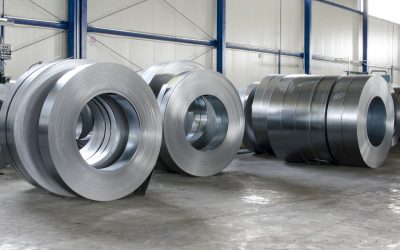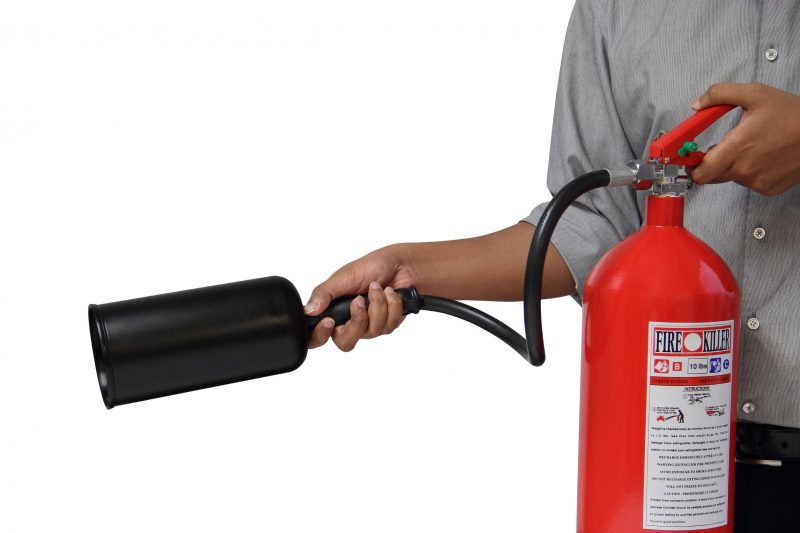The sport of shooting is a time honored tradition in many parts of the country as well as around the world. Despite all of the new technology around weapons, or perhaps because of it, many gun owners have continued to use traditional types of shooting practices, including the use of hard cast lead bullets.
The Definition of Hardness
For those new to the term, there is a difference in hard cast lead bullets and lead bullets. Lead itself is a very soft material and is only rated as a 5 on the Brinell Hardness scale.
To put that in perspective, pine and other softwoods have a hardness of 1.6 on the same scale, while actual hardwood varieties can have a score of 2.6 to 7. Copper has a hardness rating of 35, and stainless steel is at 200.
The Brinell hardness of a hard cast bullet will be between 11 and 30, depending on the specific mix of tin and antimony that is used in the development of the bullet. Most manufacturers have slight variations that remain consistent to provide a uniform shot.
The Benefits
The problem with the softness of the lead is that it leaves deposits in the barrel, resulting in fouling and loss of accuracy with a weapon. By shooting with hard cast lead bullets, there is significantly less fouling in the barrel and no corresponding drop in accuracy, even with a much larger number of rounds fired between cleanings.
Additionally, many hunters prefer to use the hard cast bullet option due to their action on impact. Instead of mushrooming and stopping very closer to the level of impact, they maintain their shape deeper into the target, resulting in a cleaner kill, smaller wound areas and deeper penetration in large game.



